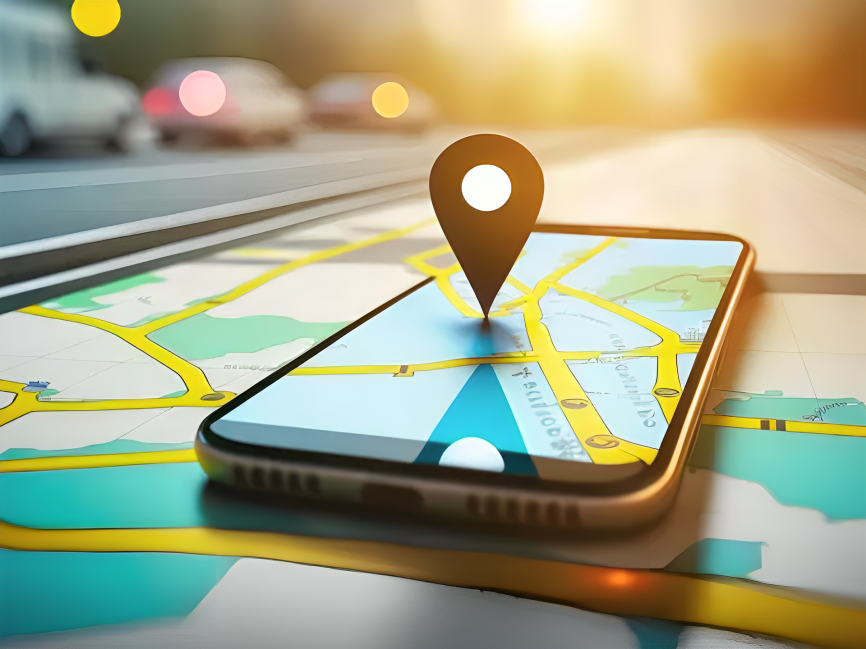Understanding consumer physical movements is crucial for marketers who are planning to go outdoor. While online ad data is readily available, insights into offline ad viewing and buying history often rely on surveys and retail inventories. The integration of location data into the expected 27 billion online devices by 2021 underscores its importance as valuable currency in today’s world.
As online content becomes more personalised, businesses need to utilise location data to engage consumers effectively. Here comes the importance of understanding location data when doing an OOH advertisement. Therefore, a strong grasp of location data analytics is imperative for marketers. It not only provides a competitive edge but also helps meet consumer expectations, fostering a robust brand image in the market.
Explore the limitless possibilities of location data for your business success.
Start optimising your opportunities with Firstboard today!
1. Location Data In Retail Sector
Undoubtedly, digital consumer engagement holds immense value for businesses, especially in the current Covid-19 era. However, approximately 65% of average spending occurs in physical stores. Moreover, nearly 49% of individuals prefer in-store purchases, valuing the tangible experience of getting their money’s worth. The ability to see and feel a product fosters trust in the purchase.
To obtain crucial location data on consumer interactions, businesses must measure foot traffic from diverse locations such as office buildings, residential areas, and shopping malls. Extracting this information empowers brands to optimize the in-store buying experience for consumers.
2. Location Data For Site Selection
Location data proves particularly valuable when businesses aim to comprehend demographics and identify optimal locations for outdoor media advertising. To achieve impactful results, data extraction should focus on building and business categories, foot traffic patterns, and comparing physical footfall against competitors.
The primary technique for gathering this data is through internal mapping. This involves measuring data from highly frequented public locations such as bars, restaurants, offices, cafes, and stores. Armed with this information, brands can strategically determine where and when to place ads, ensuring maximum exposure to their target audience.
3. Location Data For Mobile Consumers
Location data empowers brands and businesses by revealing the frequency of consumer exposure to their ads, whether online or offline. Essentially, it serves as the most effective means for brands to connect with an audience constantly on the move. When a consumer visits a physical store or explores the brand’s online platform, marketers can gauge the advertising exposure frequency that influenced this action. Armed with this insight, they can optimise future campaigns for greater effectiveness.
Location data has emerged as a transformative force in the business landscape, offering insights that were once unimaginable. As businesses navigate the digital age, understanding and harnessing the power of location data can be a key determinant of success. By leveraging this information ethically and responsibly, businesses can not only gain a competitive advantage but also forge stronger connections with their customers, ultimately driving growth and innovation in an ever-evolving marketplace.
Elevate performance, enhance experiences, and thrive, with Firstboard.
SUBSCRIBE TO OOHMATTERS TO GET MORE INSIGHTFUL KNOWLEDGE ON EVERYTHING OOH.

